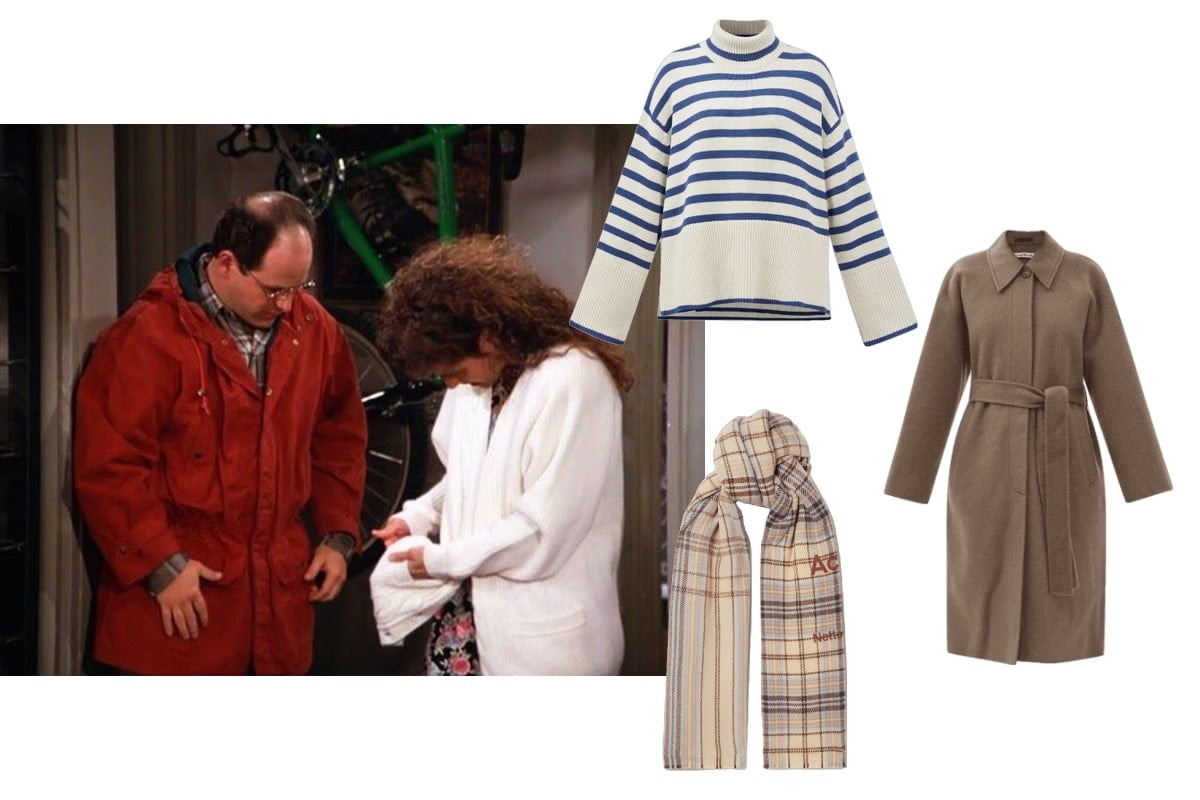
If like us you woke up today and couldn’t feel your toes – no, this isn’t hyperbole – it may be time to accept the fact winter has hit Australian shores a day or two early. Gone are the light overcoats, the shackets, the skimpy blazers that look good rather than serving as protection. It’s time for the wrap coats, the trenches, the chunky scarves and next-level knitwear. If you’re yet to invest in warm pieces in 2022 or simply looking to upgrade your staples for the winter ahead, knowing which fabric to purchase is key. The two most common fabrics employed for winter garments are wool and cashmere, both known for their warmth and versatility. Unsure which is best for you? Read on to learn the origins and warming properties of the fabrics.
What is wool?
Occasionally known as fleece, wool is the covering of certain animals including sheep, goats and alpacas, commonly used to make clothing, blankets and furniture. Wool has been employed for centuries for its warming properties and unlike leather the animal whose wool is taken is not harmed in the procurement of its fleece. Fibres are removed from the animal through sheering and this occurs once annually, when the weather warms for spring.
What are the most common types of wool?
There are two key types of wool to know, these being sheep’s wool and merino wool.
As its name suggests, sheep’s wool is the term used to group all wool taken from any breed of sheep and is the most common type of wool available across the globe It is moisture and bacteria resistant and doesn’t absorb odours as much as many other common materials, like linen and cotton. Sheep’s wool is a warm fabrication, yet can be heavy, course and on occasion has been known to feel scratchy on skin.
Sheep’s wool differentiates from lamb’s wool as this is harvested from a baby sheep, whereby the fibres are much more fine and are known to break quicker and pill. Pilling – much like in skincare – is when the wool begins to ball up on garments, often an unappealing quality to the fabric.
Merino wool is a more elevated type of wool coming from the Merino sheep native to Australia and New Zealand. Merino wool is renowned for its ‘wicking’ properties, whereby it moves moisture from next to the body out through the clothing. This is why merino wool is often employed in the make of performance clothing.
What is cashmere?
Cashmere comes from the fine hairs of goats, specifically their soft undercoat, with the fibres primed for the make of fine knit garments. Instead of shearing the animal, cashmere is harvested by hand during the spring moulting season, with only 50-80g of the fibre harvested from each sheep. Thus, cashmere is much scarcer to source than wool and this in tandem with its luxe feel mean the high-quality product comes at a higher cost.
True cashmere can only be sourced from the goats of Mongolia, China, India, Iraq, Iran and Afghanistan. Similar to seersucker, cashmere shawls originated in India and made their way to Europe while India was still under British rule, and is now employed frequently in the make of winter clothing.
Which is warmer – wool or cashmere?
With this in mind, the most important question to answer is which of the fibres provides the most warmth. At the risk of this becoming a frustrating read, both wool and cashmere will keep you warm however, there are caveats to this warmth.
As the fibres of cashmere are much finer than wool, cashmere is better at trapping heat without adding extra weight or heaviness to the garment itself. However, the thicker fibres of wool make the material more durable, however slightly rougher on skin. If you’re prone to feeling too hot once rugged up, cashmere is the better option to shop as it won’t add a stifling quality that wool can sometimes conjure.
How do you care for cashmere?
Cashmere is more delicate than wool and thus requires more tender, love and care than its durable counterpart. The softness of cashmere can result in pilling, meaning investing in a cashmere comb will be advantageous to rustle out the pilled fabric from garments. Improper cleaning can easily damage cashmere garments, and typically the material fares much better when infrequently cleaned. As cashmere doesn’t retail as much odour as other fabrics and retains its shape better, some suggest hanging the garment in the bathroom while showering is a simple way to steam clean it after use.
How do you care for wool?
As mentioned throughout, wool is a durable, sturdy fabric and can withstand much wear and tear over seasons. Most wool garments can be machine washed permitting they are hung to dry, meaning the are very straightforward and user friendly when it comes to care.
Shop our favourite wool and cashmere pieces for the season ahead.
Toteme Striped Wool Sweater
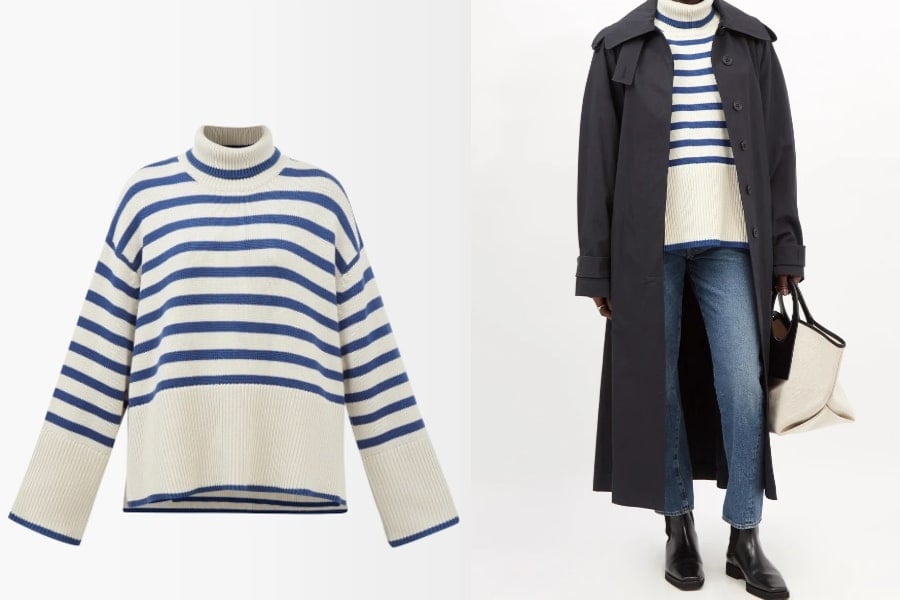
Acne Studios Checked Wool Scarf
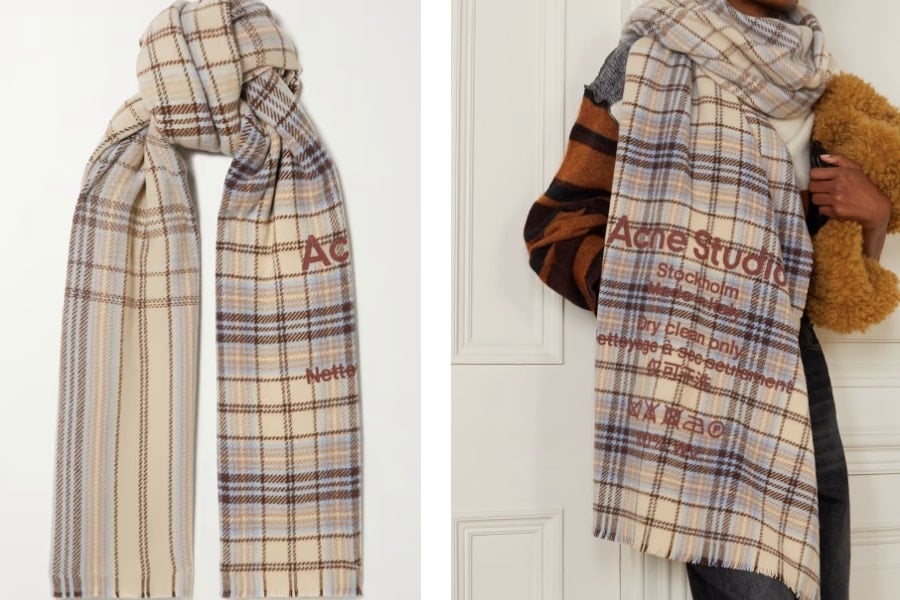
Acne Studios Single-Breasted Wool Coat
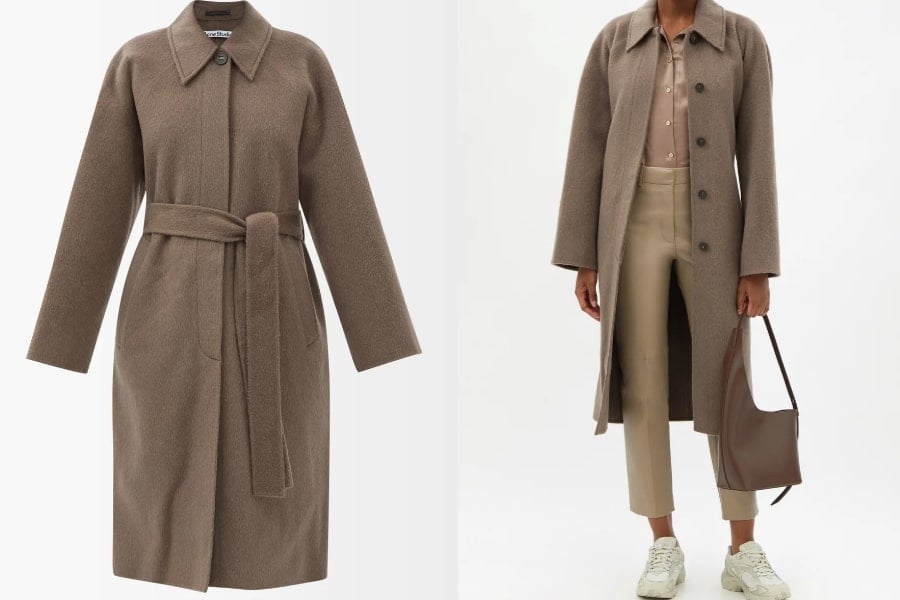
Extreme Cashmere No. 123 Bourgeois Cashmere Sweater
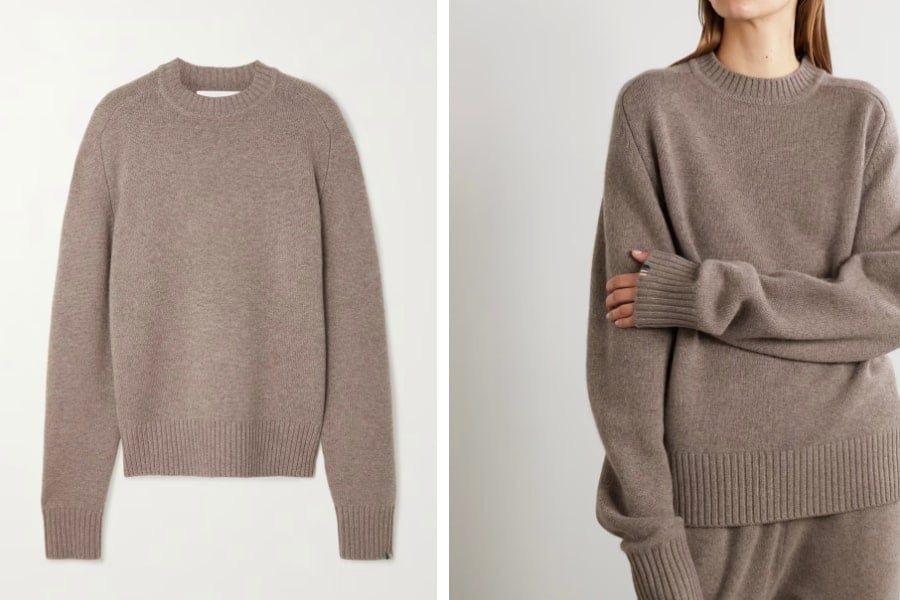
Johnstons of Elgin Cashmere Socks
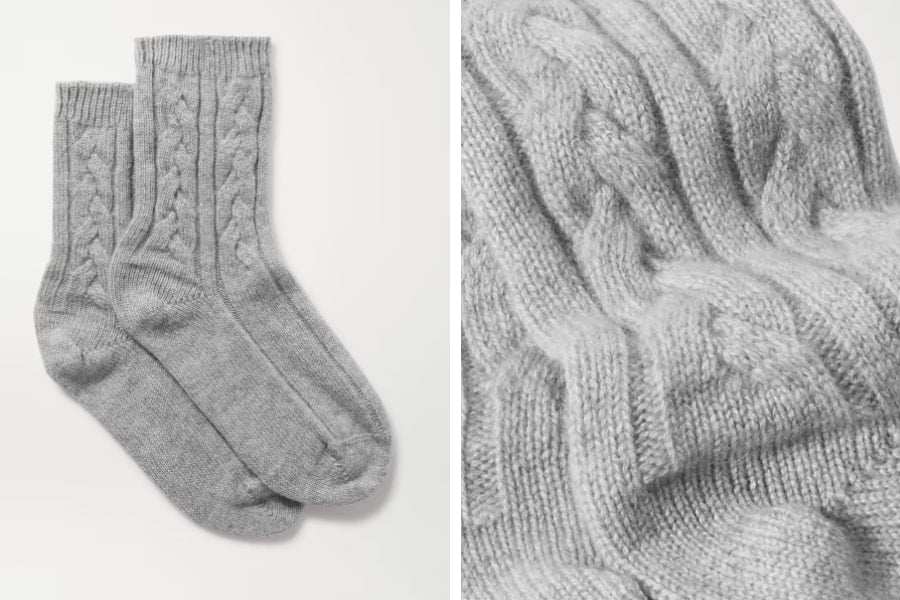
The Curated Classic Coat in Cashmere

Image: Pinterest



